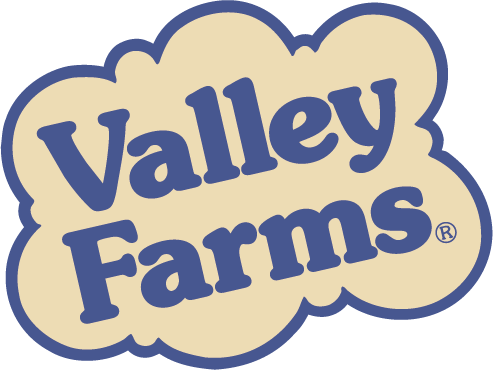
The Wondrous Warblers
Share
Warbler: one who sings with trills and quavers. This may be the official definition of a warbler, but true birders know that warblers are so much more than their song. Read on to learn more about the truly unique birds that fall into the Parulidae family.

Yellow-Rumped Warbler
What are Warblers?
Small in body and strong in song, warblers are characterized as small to medium-sized, insect-eating songbirds. The term “warbler” was used as early as the 1600s to describe certain European songbirds, many of which were Old World warblers that originated from Africa, Asia, and Europe. Old World warblers spanned over 400 species; New World warblers (birds from the Americas and nearby Islands) are slightly more selective, with just over 100 species to be found.

Black-Throated Blue Warbler
How to Identify Warblers
Warblers share several commonalities, but identifying them according to these can still be tricky because of their uniquities. Unifying characteristics amongst most warblers are their color and plumage patterns, voice and calls, behavior, diet, and migratory patterns.

Adult Male Blackburnian Warbler
Warblers’ Colors & Color Patterns
Most warblers encompass two color patterns. They are typically either plain brown with subtle streaks (i.e. Ovenbirds and Water Thrushes) or brightly colored and patterned with vibrant colors like yellow, red, blue, white, and black in varying amounts. Examples of warblers with exceptionally spectacular hues are the male Blackburnian, with a fiery orange throat, and the Northern Parula, with a blue head and yellow chest from which a rusty patch subtly emerges. Colorful warblers generally have bright yellows, blues, blacks, browns, grays, and oranges.
In addition to their coloring, other physical features to look for include:
The presence of an eye ring
Stripes around the eye (could be above, below, or through)
Color patches on rump
Stripes or streaks on throat/breast
Wing bars
Size (small to medium-sized)
Bills: thin and pointed, perfect for capturing and eating insects

Northern Parula
What About the Warble?
It may seem counterintuitive, but warblers are actually hard to identify by just their call alone. In fact, it’s their unique warbles that distinguish them. All warblers have chip calls that function as either alarms or contact calls, but each species sounds different. For example, Yellow Warblers have a sweet-sounding chip that resembles a repeated seet, whereas the Blue-Winged Warbler has more of a raspy call that sounds like a two-note buzz/rattle.
Busy Behavior & Eating Bugs
Warblers are notoriously active and busy so they can catch their prey. These insectivores primarily eat insects and have various methods for hunting them, including gleaning insects from foliage, hunting by hovering, or fly-catching on wings. Most also forage in the trees while some hunt for their prey on the ground. Of course, they also can’t resist indulging in mealworm bird food. Many also supplement their diets with vegetable matter and berries, some seeds, or nectar. Occasionally, some even eat jelly, oranges, suet (great for no mess bird food), and peanut butter from feeders.

Kentucky Warbler eating caterpillars
Terms for Warblers
As for what to call these warbling songbirds, a group of warblers may be called by several names, some which include a bouquet, a confusion, a fall, or a wrench of warblers.

Adult breeding male American Redstart
Valley Farms Natural Dried Mealworms 1LB
$19.95

Bluebird & Oriole Buffet Bird Feeder
$22.80

- Dimensions: 9.6"H x 8.24"W x 8.24"D
- Weight: 0.5 lbs
Feed to Use: Mealworms, suet, fruit slices, dried fruit, black oil sunflower, hulled sunflower, mixed seed
Let us know if you see a bouquet of warblers in your backyard! Find all the wild bird feed you need right here at Valley Farms®.
